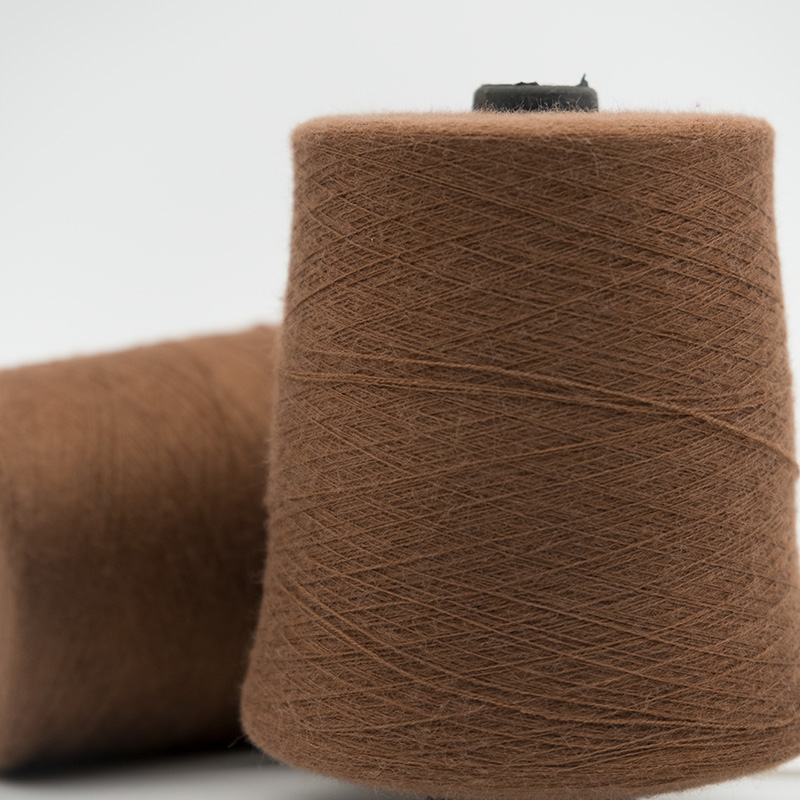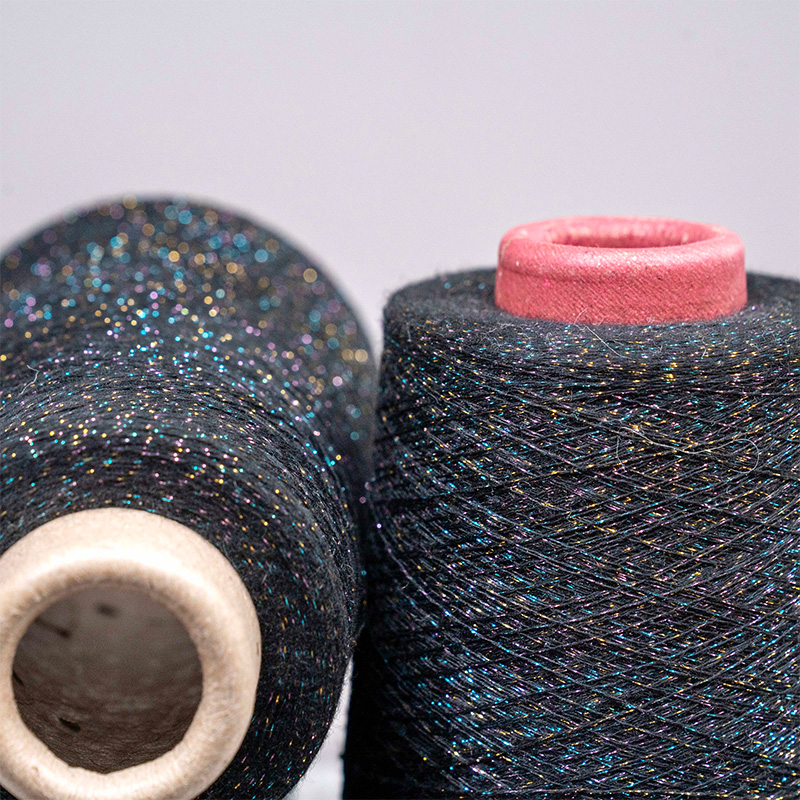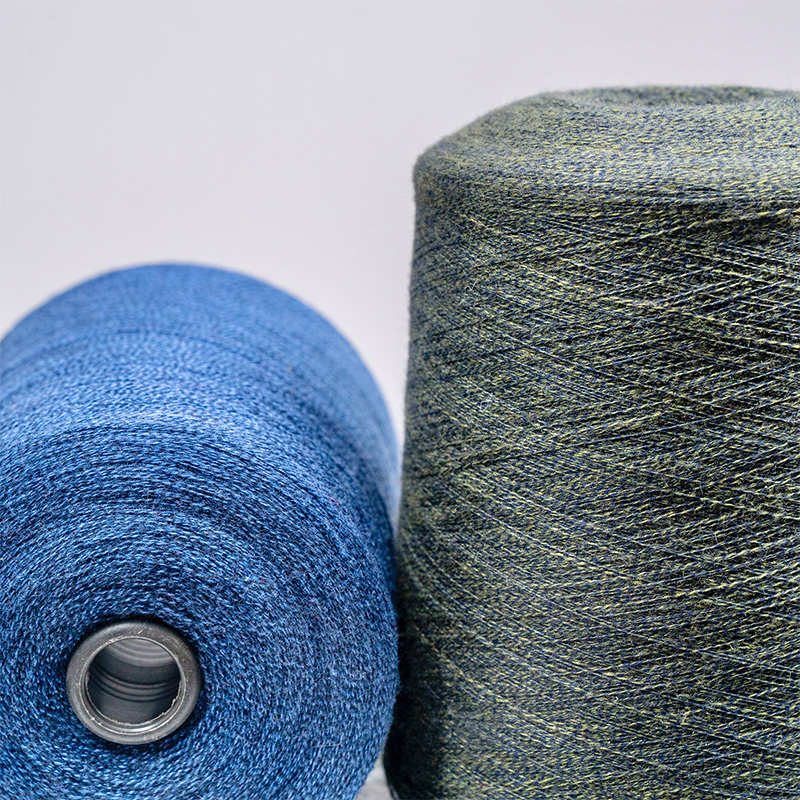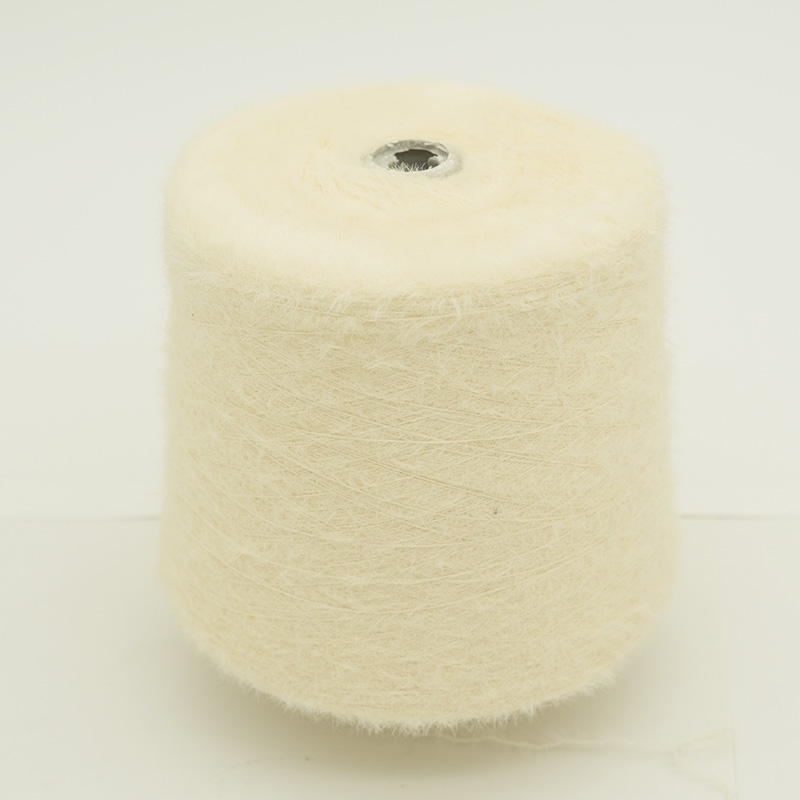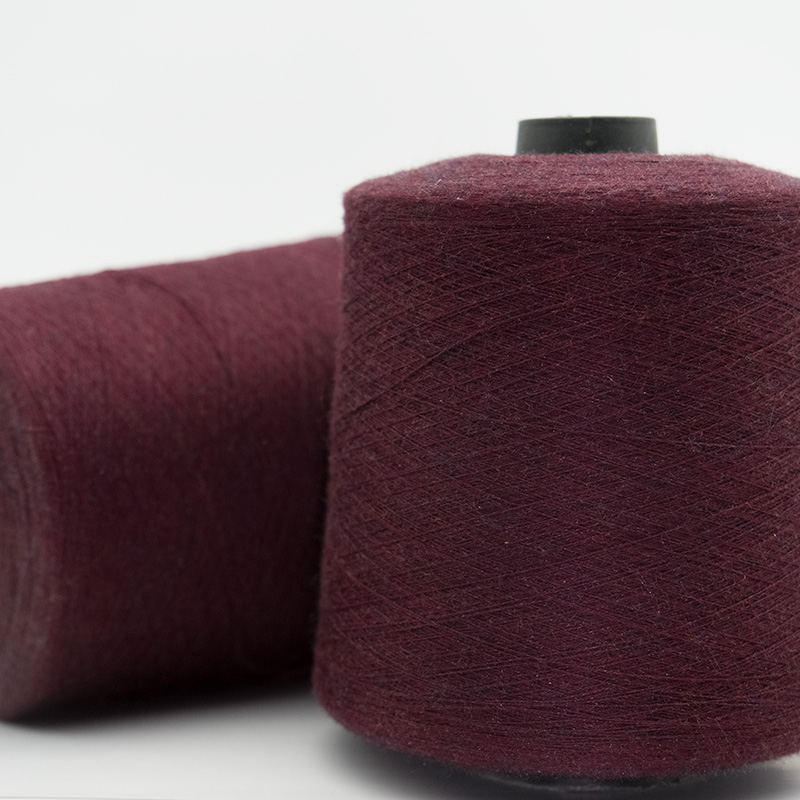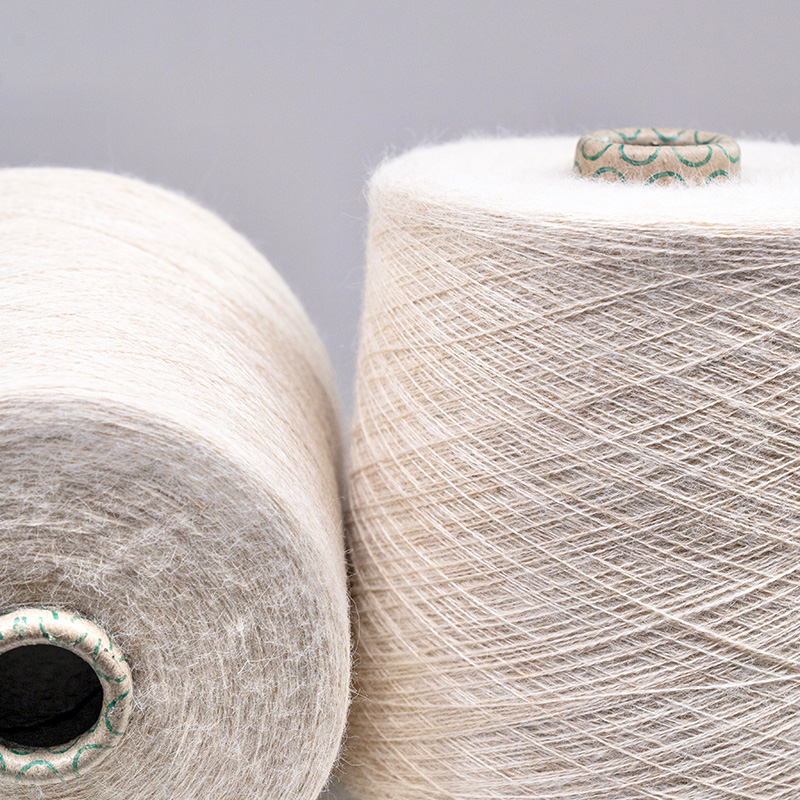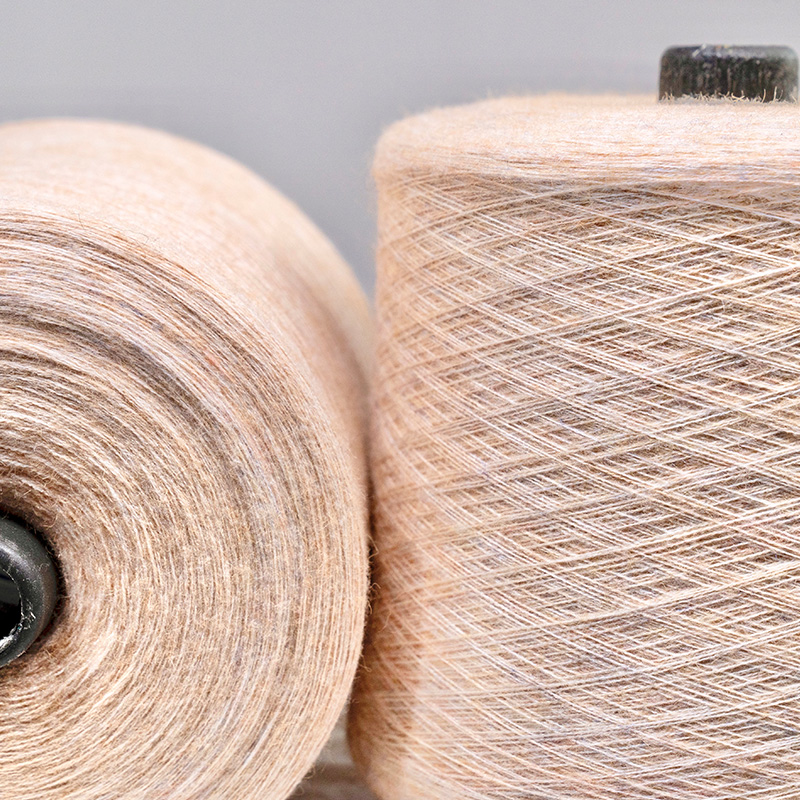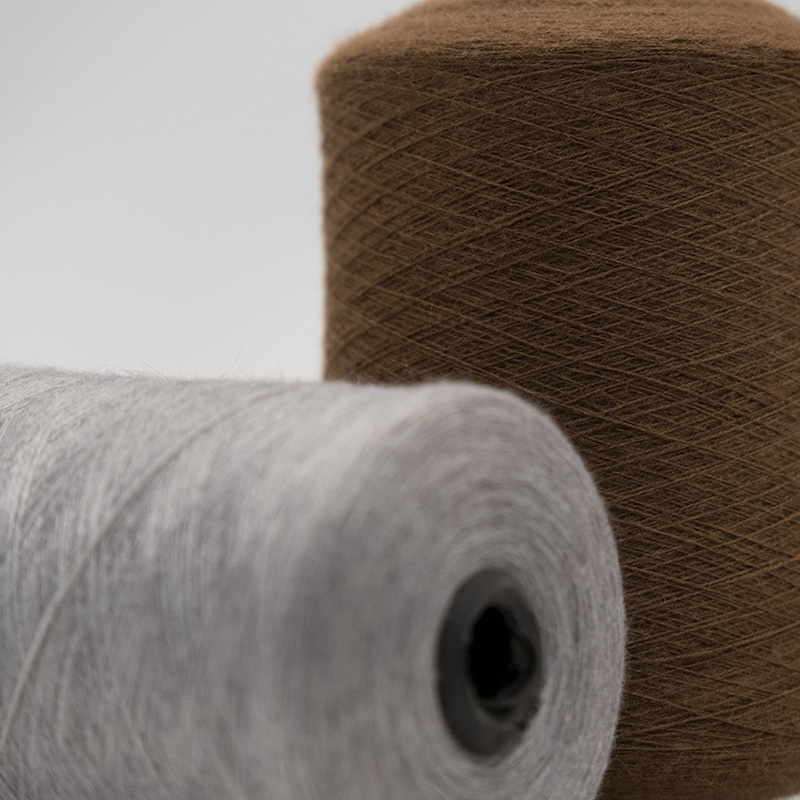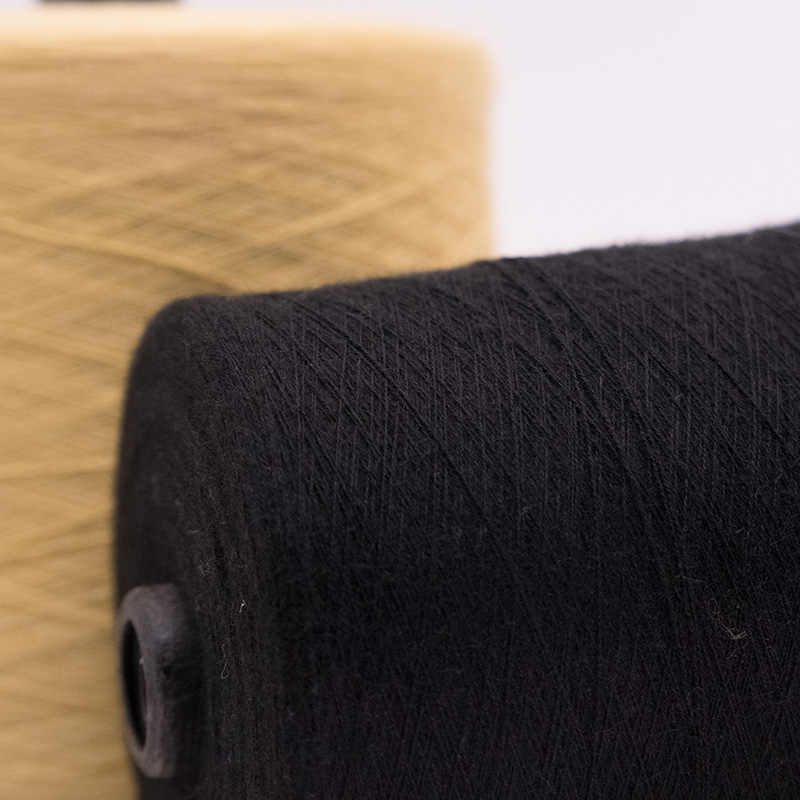Crushed Velvet: History, Fabrication, Uses, and Styling Guide
2025-10-01
Velvet has long been synonymous with luxury, status, and elegance. Among its many variations, crushed velvet stands out for its distinctive texture and luminous sheen. This fabric is admired not only for its soft touch but also for the way it plays with light, making it a favorite in both fashion and interior design.
The Origins of Velvet
Velvet itself dates back to ancient civilizations, with historical records linking its earliest forms to Egypt and later to China and the Middle East. By the Renaissance, velvet was considered one of the most prestigious fabrics, often reserved for royalty and the wealthy elite. Crushed velvet, however, became especially popular in the late 20th century, gaining widespread use in both haute couture and everyday garments.
How Crushed Velvet is Made
Unlike regular velvet, which has a smooth and uniform pile, crushed velvet is created by mechanically twisting or pressing the fabric while it is wet. This process pushes the pile fibers into different directions, resulting in an uneven yet visually striking texture. The irregular reflections of light give the fabric its hallmark shimmering, almost liquid appearance.
Key characteristics include:
Texture: Soft, plush, with a rippled surface.
Appearance: Shiny, multidimensional, and sometimes patterned depending on the crushing technique.
Fiber Content: Can be made from silk, cotton, polyester, rayon, or blends.
Crushed Velvet in Fashion
Crushed velvet gained iconic status in the 1990s when it became synonymous with grunge-inspired glam. From dresses and blazers to shoes and handbags, it was the fabric of choice for those seeking drama and sophistication. Today, crushed velvet continues to reappear on runways and in high-street fashion, particularly in:
Evening gowns and cocktail dresses
Jackets, blazers, and skirts
Accessories like handbags, boots, and headbands
Its ability to look simultaneously vintage and modern ensures its enduring popularity.
Crushed Velvet in Interiors
Interior designers often use crushed velvet to add richness and depth to a space. Its reflective qualities help create a sense of luxury without overwhelming the décor. Common uses include:
Upholstery: Sofas, armchairs, and ottomans
Soft Furnishings: Curtains, cushions, and bed throws
Statement Pieces: Accent chairs or wall coverings
When paired with matte finishes like wood or stone, crushed velvet can bring warmth and sophistication to interiors.
Care and Maintenance
While crushed velvet looks opulent, it requires thoughtful care:
Cleaning: Most crushed velvet is dry-clean only, especially if made from silk blends.
Brushing: Avoid brushing aggressively, as it can disturb the pile.
Storage: Keep garments hanging to prevent unwanted creases and flattening.
For synthetic versions, gentle machine washing on cold may be possible, but always check care labels.
Why Choose Crushed Velvet?
Crushed velvet is more than just fabric—it’s an aesthetic choice. Its unique ability to combine comfort, drama, and glamour makes it versatile for both fashion and home. Whether draped as a gown, spread across a couch, or hanging as luxurious curtains, crushed velvet exudes a timeless appeal.



 English
English русский
русский Español
Español 中文简体
中文简体

